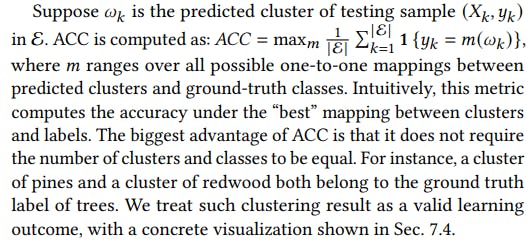
2024-7-24 23:0:21 Author: hackernoon.com(查看原文) 阅读量:3 收藏
Authors:
(1) Xiaofan Yu, University of California San Diego, La Jolla, California, USA ([email protected]);
(2) Anthony Thomas, University of California San Diego, La Jolla, California, USA ([email protected]);
(3) Ivannia Gomez Moreno, CETYS University, Campus Tijuana, Tijuana, Mexico ([email protected]);
(4) Louis Gutierrez, University of California San Diego, La Jolla, California, USA ([email protected]);
(5) Tajana Šimunić Rosing, University of California San Diego, La Jolla, USA ([email protected]).
Table of Links
8 Evaluation of LifeHD semi and LifeHDa
9 Discussions and Future Works
10 Conclusion, Acknowledgments, and References
4 PROBLEM DEFINITION
Before diving into our method, we first rigorously formulate the unsupervised lifelong learning problem using streaming sources, driven by real-world IoT applications.
Streaming Data. To represent continuously changing environment, we assume a well-known class-incremental model in lifelong learning, in which new classes emerge in a sequential manner [46]. We also allow data distribution shift within one class. This setting models a scenario in which a device is continuously sampling data while the surrounding environment may change implicitly over time, e.g., the self-driving vehicle as shown in Fig. 1. We require that all samples appear only once (i.e., single-pass streams).

Learning Protocol. Our goal is to build a classification algorithm that maps X → Y. For evaluation, we use the common evaluation protocol in state-of-the-art lifelong learning works [13, 14, 54], in which we construct an iid dataset E = {(𝑋𝑘 , 𝑦𝑘 )} for periodic testing, by sampling labeled examples from each class in a manner that preserves the overall (im)balance between the classes. Note, that even when one class has not appeared in the training data stream, it is always included in E. Hence E is a global view of all classes that can potentially exist in the environment.
Unsupervised Clustering Accuracy. Since we do not give class labels or the total number of classes during training, the predicted label can be different from the ground-truth label. Therefore, for evaluation metric, we cannot adopt the simple prediction accuracy that requires exact label matching. Instead, we employ a widely used clustering metric known as unsupervised clustering accuracy (ACC) [63], which mirrors the conventional accuracy evaluation but within an unsupervised context.

如有侵权请联系:admin#unsafe.sh